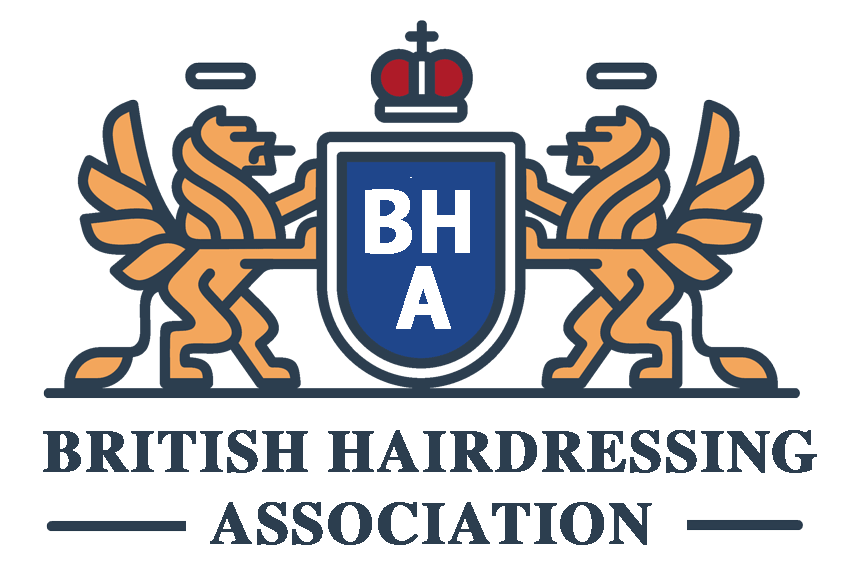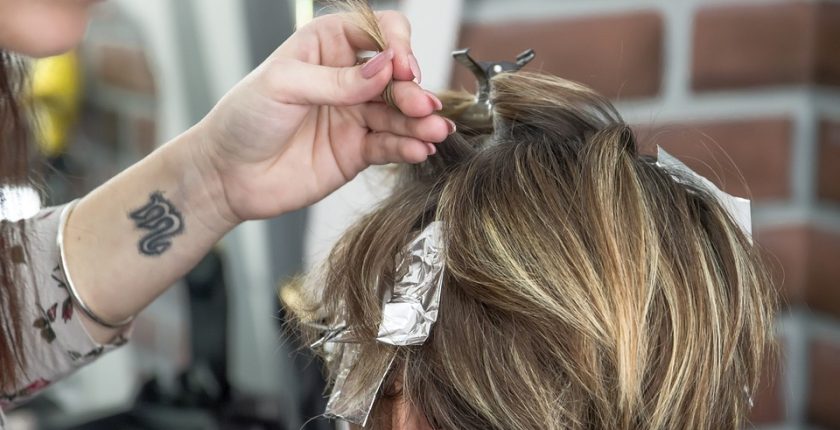What Types of Hairdressing Work Require a License?
What Types of Hairdressing Work Require a License?
In the world of hairdressing, obtaining a professional license is essential to ensure that services are performed safely and hygienically. Here’s a detailed look at the types of hairdressing work that typically require a license:
1. Cutting Hair
Cutting hair is a fundamental aspect of hairdressing. Whether performing trims, complex styles, or precision cuts, a hairdressing license is mandatory. This ensures the stylist has received the necessary training to handle scissors, razors, and other cutting tools safely.
2. Coloring Hair
Hair coloring involves using chemicals that can cause damage if misapplied. Licensed hairdressers are trained in the safe application of dyes, bleaches, and toners, and understand how to mix and apply these substances correctly to achieve desired results while protecting the client’s hair and scalp.
3. Chemical Treatments
Perms, relaxers, and other chemical treatments alter the structure of hair. A license is required to perform these procedures because they involve potent chemicals that require precise application techniques to avoid harming the client’s hair and scalp.
4. Hair Styling
While basic hair styling might seem straightforward, advanced styles often require knowledge of proper product usage and techniques to avoid damage. Licensed hairdressers are educated in these methods and can create complex styles with minimal risk.
5. Shampooing and Conditioning
While shampooing and conditioning might appear simple, improper techniques can lead to scalp injuries or infections. Licensing ensures that hairdressers know how to properly cleanse and condition hair without causing harm.
6. Extensions and Weaving
Applying hair extensions and weaves requires a thorough understanding of hair types, installation methods, and proper maintenance practices. Licensed professionals are trained to apply these additions in a way that looks natural and maintains the health of the client’s natural hair.
7. Hair Removal
Some hairdressers also offer hair removal services, such as waxing or threading. These services require a cosmetology license to ensure expertise in skin preparation, hair removal techniques, and sanitation practices to prevent infections.
8. Scalp Treatments
Scalp treatments, including anti-dandruff and deep conditioning treatments, require specific knowledge about scalp health and product ingredients. A licensed hairdresser is equipped with this knowledge, ensuring treatments are both effective and safe.
Adhering to these licensing requirements not only ensures client safety but also elevates the professionalism and credibility of the hairdresser.
For the most accurate information, always refer to local regulatory bodies for specific licensing requirements in your area.


